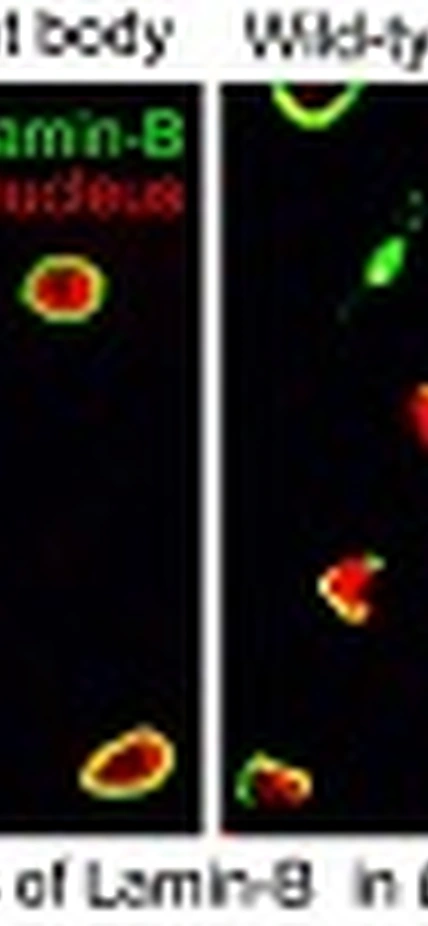Baltimore, MD—As animals age, their immune systems gradually deteriorate, a process called immunosenescence. It is associated with systemic inflammation and chronic inflammatory disorders, as well as with many cancers. The causes underlying this age-associated inflammation, and how it leads to diseases, are poorly understood. New work in Carnegie’s Yixian Zheng’s lab sheds light on one protein’s involvement in suppressing immune responses in aging fruit flies. It is published in Cell.
Insects have an immune organ called the fat body, which is roughly equivalent to the mammalian fat and liver. It is responsible for many immune functions. Zheng and her team—Carnegie’s Haiyang Chen and Xiaobin Zheng—found that the fruit fly fat body experiences a great deal of inflammation in aged flies.
These inflamed fly fat bodies then secrete proteins that lead to a reduction in immune response of the gut. This reduction of the gut immune response causes the gut’s stem cells to undergo excessive division and inappropriate differentiation, creating a condition called hyperplasia that shares features with the precancerous polyps found in human guts.
Zheng and her team found that the gradual reduction of a protein called lamin-B in the fat bodies of aging flies is the culprit behind fat body inflammation and the resulting hyperplastic gut, all of which falls under the umbrella of immunosenescence.
Lamin-B is part of the lamin family of proteins, which form the major structural component of the material that lines the inside of a cell’s nucleus. Lamins have diverse functions, including suppressing gene expression, and they are found in an array of tissues and organs. In humans, diseases caused by mutations in lamins are called laminopathies and include premature aging.
B-type lamins have long been suspected to play a role in gene suppression by binding to segments of DNA. The team’s work revealed that when the fruit fly fat body was depleted of lamin-B, the normal suppression of genes involved in the immune response is reversed, just as it would be in response to bacterial infection or injury, but in this case there is no apparent infection or injury. The un-suppressed immune response initiates the inflammation and resulting gut hyperplasia.
“Our findings have implications for mammals as well as for insects, as immune response genes in mammals also are known to have lamins present on them,” Zheng explained. “We think that lamin-B might play an evolutionarily conserved role in suppressing inflammatory genes in immune organs in the absence of infection or injury and our work could provide insight into immunosenescence in humans.”
Image Caption: This image shows a comparison of lamin-B in the fat bodies of 10-day-old and 50-day-old fruit flies. It is provided courtesy of Yixian Zheng.
__________________
This work was supported by a Senior Scholar Award from the Ellison Medical Foundation and the National Institute of Health.
